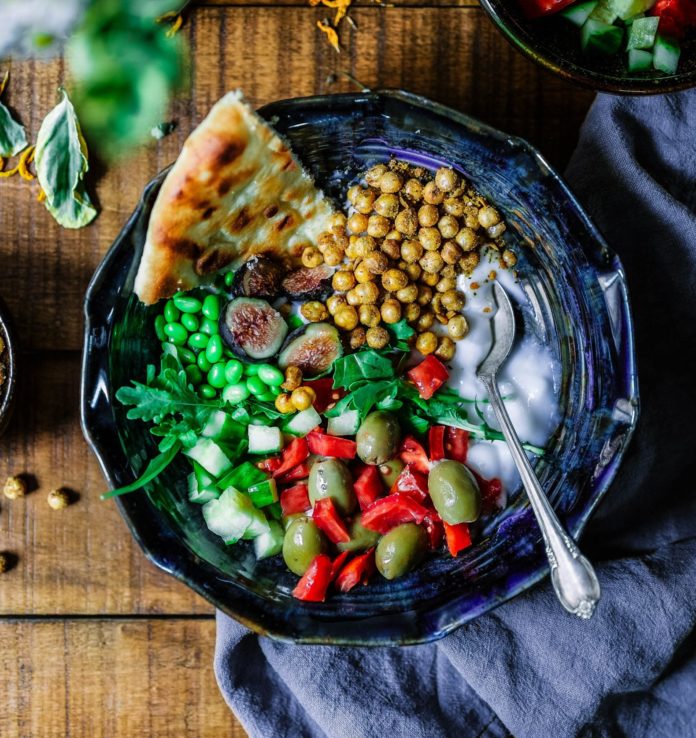
With so many diets out there, how do you know which one is right for you? While each diet is a bit different, one thing they all have in common is healthy eating and prioritizing whole foods. The plate diet does just that, with an emphasis on portion control. It involves dividing your plate into sections and using the sections for a specific group of food: fruits, veggies, grains, and proteins. Fruits and veggies should fill half of the plate and protein should fill the other half. Here are some things to know about the plate diet.
Plate Size Matters
The average American dinner plate is about 12 inches in diameter, which is two to three inches more than it was 50 years ago. Bigger plates mean more food consumed, so opt for a plate that’s 9 inches.
Fruits and Veggies are the Stars
The plate diet starts with plants, so to build your meal, first fill half the plate with non-starchy fruits and veggies. Non-starchy vegetables includes dark leafy greens, broccoli, cabbage, mushrooms, green beans, asparagus, zucchini, etc.
The Type of Carbs Matters
After you fill your plate with fruits and veggies, fill a 1/4 of your plate with whole-grains or starchy veggies. Try and choose unprocessed whole-grains like brown rice, quinoa, farro, oats, and whole-wheat bread. For starchy veggies think potatoes, sweet potatoes, squash, chickpeas, corn, and beets.
Protein Has a Smaller Role
The last 1/4 of your plate is protein. When eating protein, opt for lean sources like fish, turkey, eggs, tofu, beans, and chicken.
Healthy Fays are Important
While fats don’t have a spot on the plate diet, they’re an important part of the diet and they add flavors to protein and veggies. Nuts, seeds, avocado, and nut butters are healthy fats that should be part of your diet.


